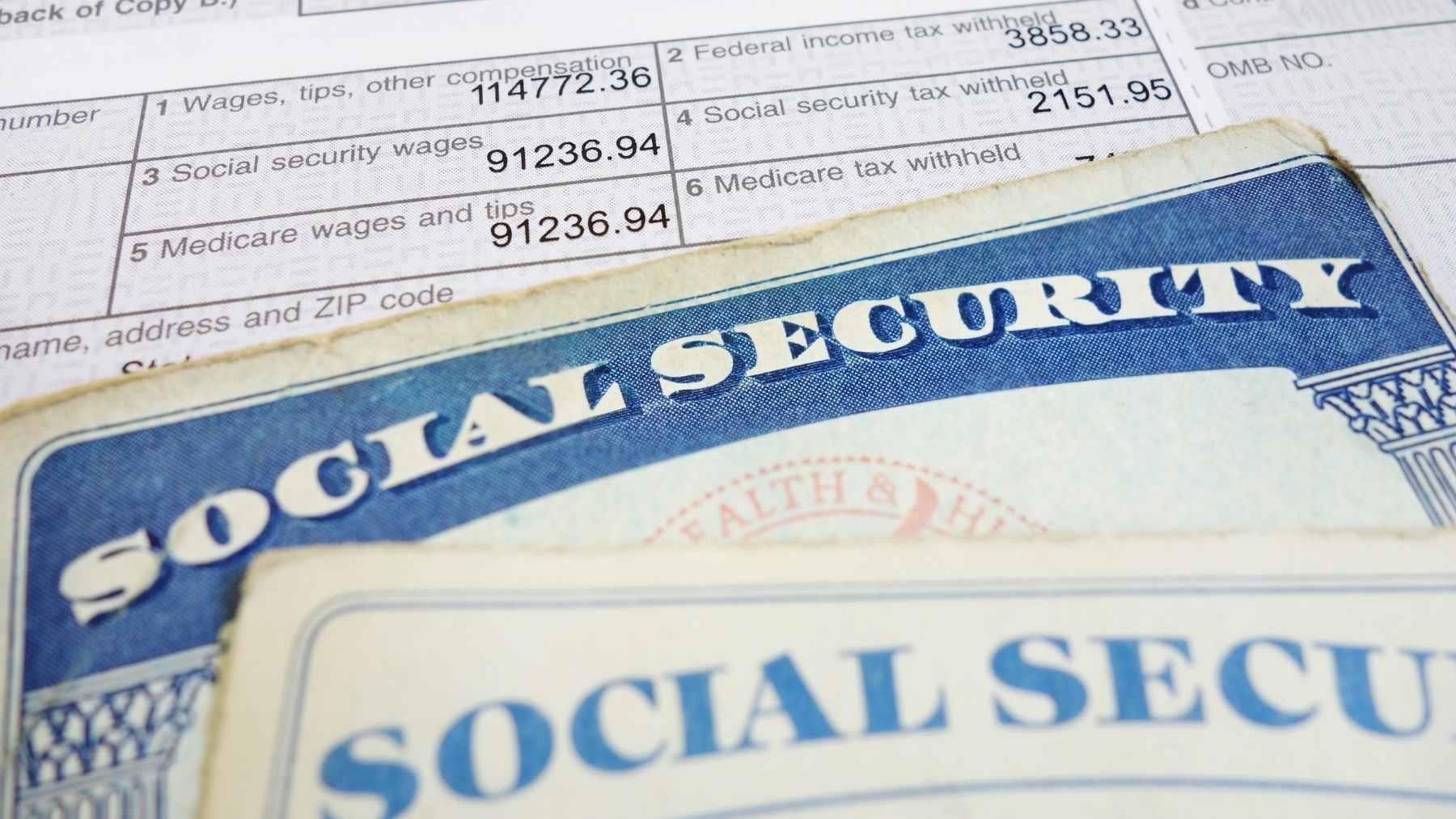Bigger checks are about to be distributed for Social Security Administration (SSA) beneficiaries. The SSA supports approximately 70 million beneficiaries, the majority of whom are retirees. Depending on which SSA fund you are eligible to receive payments from, your payments will differ of other beneficiaries. However, SSA payments are generally set once you claim from the SSA, meaning that you cannot increase your benefits amount. However, every year, there is a chance to claim bigger checks and higher payments from the SSA.
Are bigger checks from the SSA possible?
The SSA provides monthly payments for beneficiaries from three types of programs, namely: Retirement, Supplemental Security Income, and Disability. Each of these programs has its own qualifying and payment eligibility critiera, with beneficiaries able to qualify for more than one program.
The majority of SSA beneficiaries are retirees, with the Retirement program often being the sole source of income for retirees. Retirement benefits differ among retirees depending on when you claim your benefits. The longer you wait to claim your benefits from the SSA, the higher your monthly benefits will be. This year, the highest monthly Retirement benefits you can claim from the SSA amount to $5,108, which you can claim provided that you meet the following critiera:
- You must delay claiming your benefits until you are 70 years old.
- You must earn above the maximum taxable Social Security threshold for at least 35 years, while making contributions to your Retirement benefits.
Once these benefits are claimed, you cannot increase the amount you receive from the SSA. Similarly, if you are receiving SSI and Disability benefits, you cannot increase your benefits, which are determined according to your income level. Further, you may not be able to receive SSI and Disability benefits should your annual income surpass a certain threshold.
Updated bigger checks for SSA beneficiaries from these states
While you are unable to adjust your SSA benefits once they are claimed, the SSA itself increases your benefits annually. The ‘Cost-of-Living Adjustment’ (COLA) index is applied every year by the SSA to all SSA beneficiaries’ benefits. This is to ensure that the benefits SSA recipients continue to receive benefits, which are able to keep up with the effects of inflation, meaning that their benefits retain the same buying power each year. COLA is calculated based on the changes in the Consumer Price Index (CPI) during the third quarter.
This means that beneficiaries who are living across the following states with the highest median Social Security benefits will also receive the largest COLA increase from next year:
- New Jersey
- Conneticut
- Delaware
- New Hampshire
- Maryland
- Michigan
- Washington
- Minnesota
- Massachusetts
- Indiana
Increases in benefits and changes in checks next year
While the COLA is an expected increase each year for beneficiaries, annually announced towards the back end of the year, there is a second change that has recently been enforced for SSA beneficiaries. From mid-September of this year, the SSA made the choice to disregard the use of paper checks, meaning that all benefits will now be distributed by direct deposit from now on and going forward.
However, there are exceptions to this change, with the SSA allowing for certain individuals to apply to continue to receive their SSA benefits as a paper check. This is because the SSA is aware that many of its beneficiaries may struggle to adapt to online financial services. As such, the following SSA beneficiaries will be allowed to continue to receive paper checks should they wish to: if you are over the age of 90 years old; beneficiaries with mental disabilities and/or impairments; and beneficiaries who reside in remote areas where digital financial infrastructure may be sparse.
Disclaimer: This content is informational only and does not supersede or replace the SSA’s or IRS’s own publications and notices. Always verify any specific dates and amounts by following the direct links in our article to SSA.gov or IRS.gov, or by consulting your local SSA field office or tax professional.













